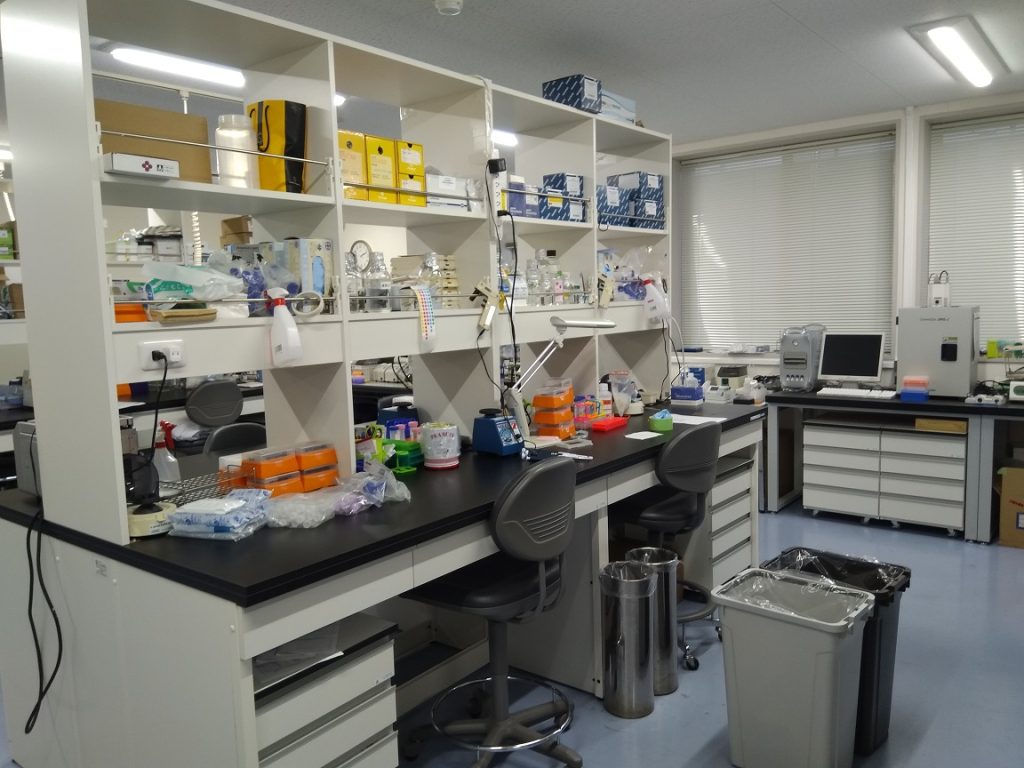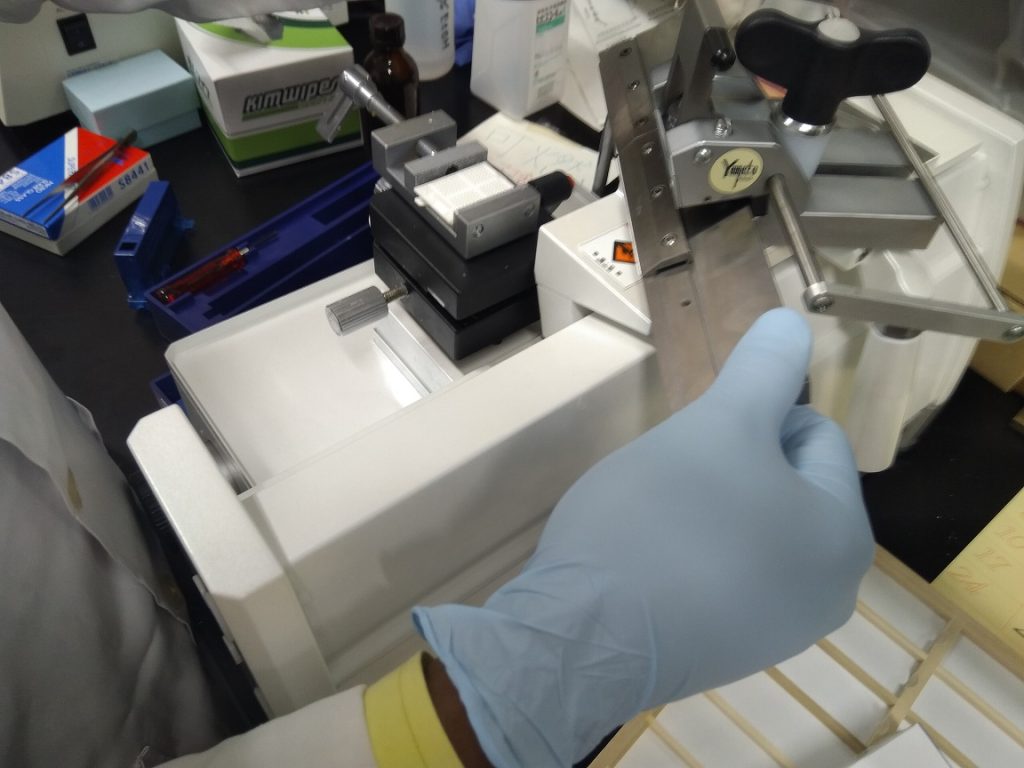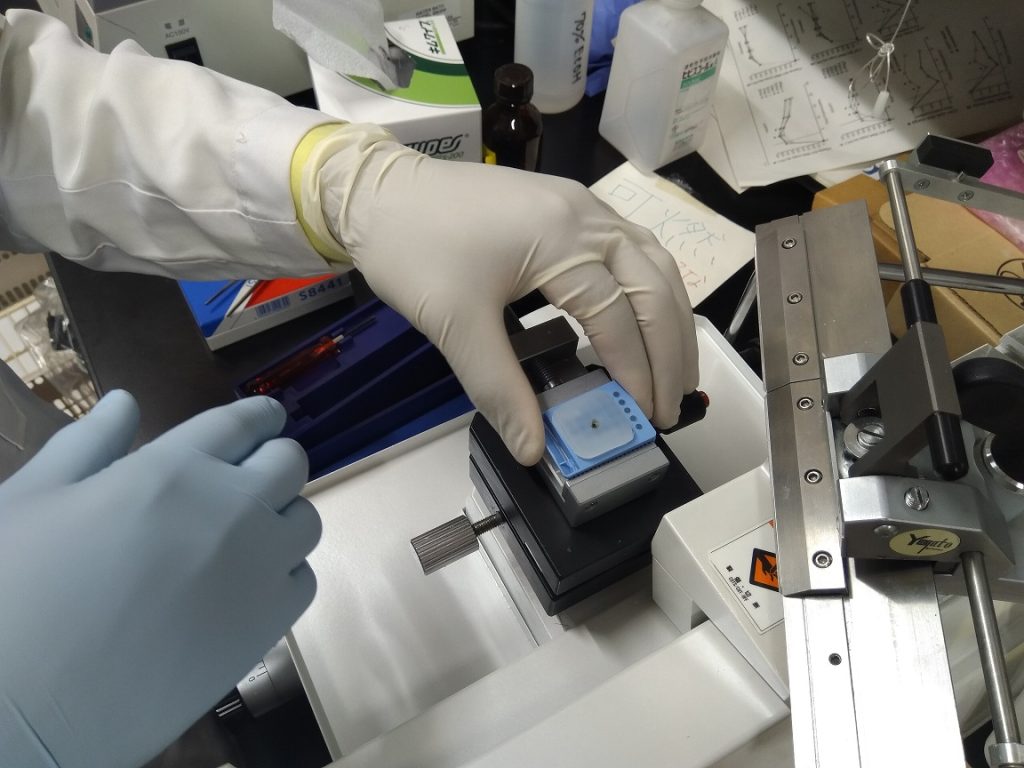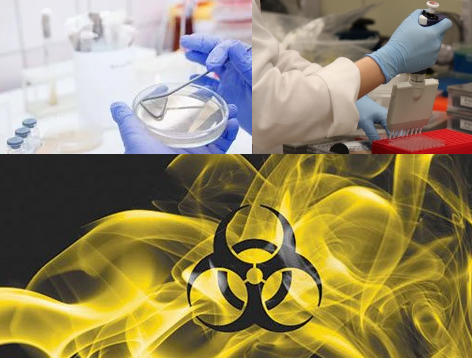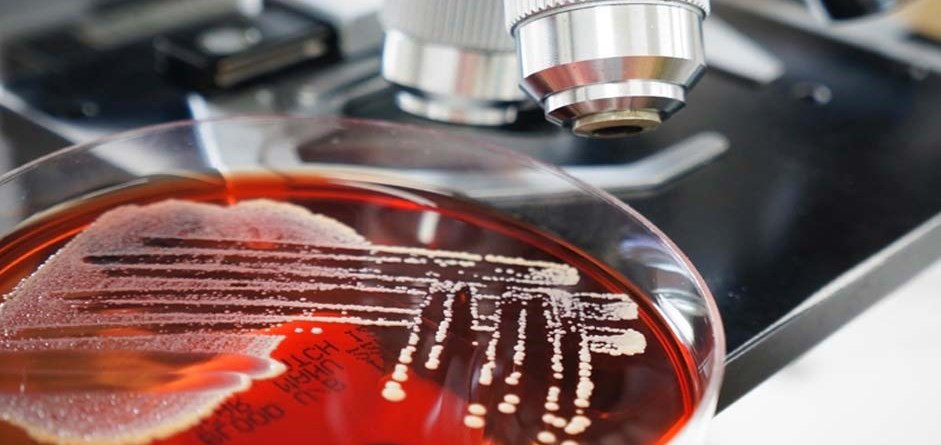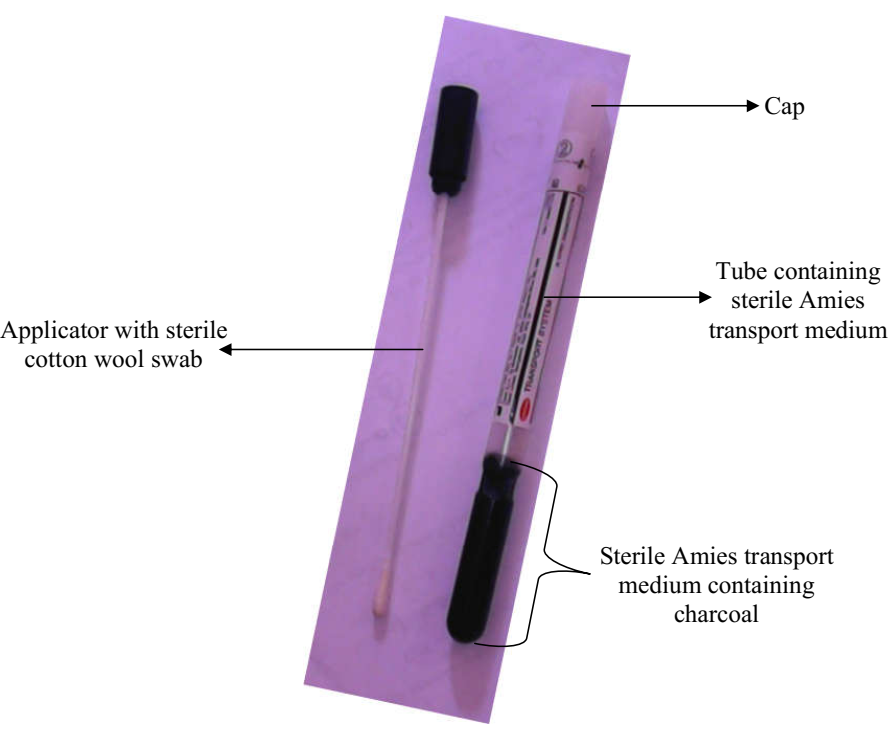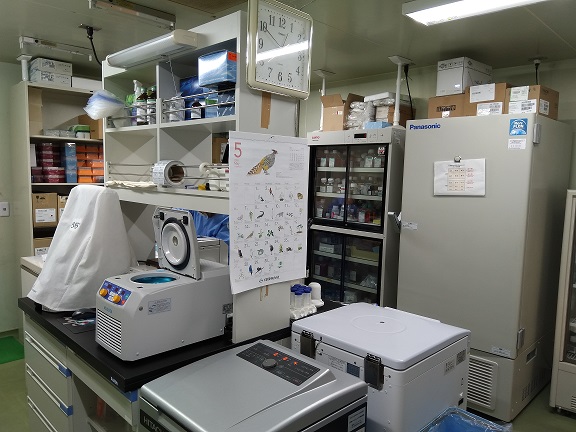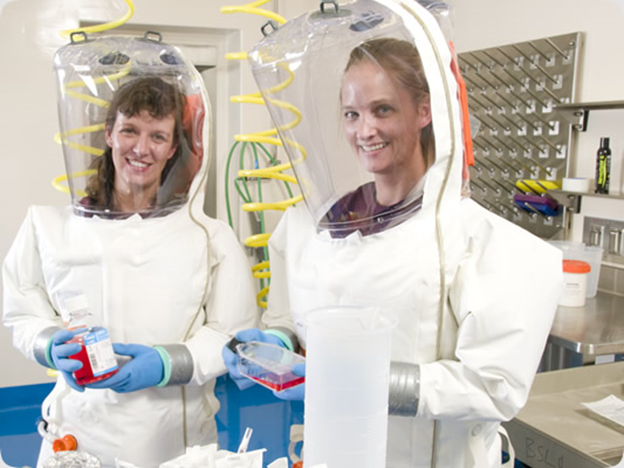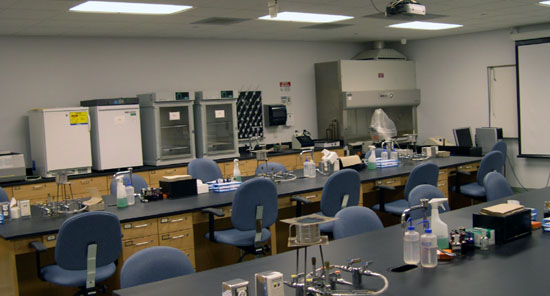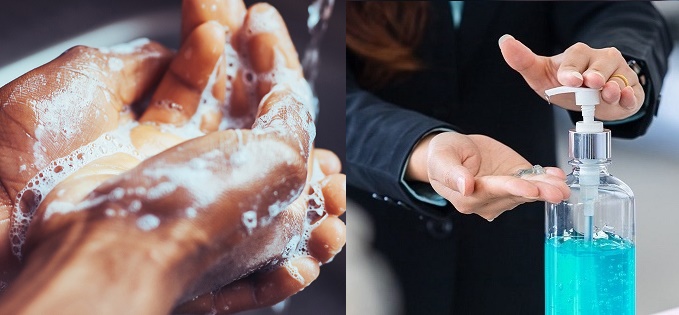The 3 Rs (Reduction, Refinement, Replacement): Guiding Principles in the Use of Animals For Biomedical/Scientific Research
The use of laboratory animals including mice, rats, rabbits and primates for scientific/biomedical research is guided by some principles and ethical guidelines that ensure the optimum care, protection and security of animals used in scientific investigations. Animal research is a very important procedure in biomedical research through which novel drugs are tested and scientific knowledge […]

